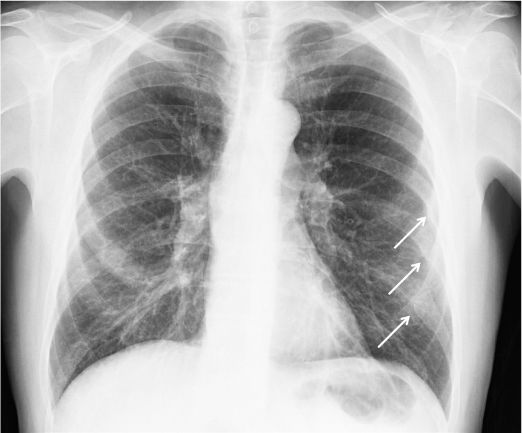Unsurprisingly key in diagnosis is a good history.
Most commonly caused by antibiotics.
90% are morbilliform: widespread erythematous macules or papules
Common timeframe is 1-2 weeks after starting drug (however some can take up to three weeks).
Rash Presenting Symptoms Onset After Drug Causes Treatment Erythema Multiforme Target like lesions symmetric on trunk and extremities (generally distributed acrally) Mucous membrane involvement in multiforme major.
3-14 days HSV primarily; also NSAIDS, sulfa drugs, antibiotics, anti-epileptics. Stop offending agent. Drug Rash with Eosinophilia and Systemic Symptoms Syndrome (DRESS)
Fever and rash. Must be organ involvement: hapatic (60-80%), renal, lung. 2-8 weeks Anticonvulsants and allopurinol, additionally sulfa medications, antibiotics, CCB, NSAIDs, and anti-retrovirals (LFTs and BMP should be trended). Topical corticosteroids for rash. Systemic corticosteroids (for interstitial lung disease or nephritis); supportive care/withdrawl of causative agent for organ involvement
Stevens-Johnsons
Sydrome
Blisters with mucous membrane involvement
SJS involves less than 10% of the skin surface.
+Nikolsy
4-28 days Allopurinol, sulfa drugs, anti-epileptics, nevirapine and oxicam NSAIDs Range from observation to ICU level care (consider burn unit for approaching >30% BSA)
IV-IG and systemic corticosteroids are controversial.
Stop drug. Supportive.
Toxic Epidermal Necrolysis Similar to above, however involves >30% of skin.
4-28 days Same as above, however >80% are due to drug. Same as above. Burn Unit/ ICU setting. Serum Sickness-Like Reaction* Rash: urticarial polycyclic wheals on trunk, limbs, face. Fever. Arthralgias in >2/3 patients. 1-2 weeks Penicillin, amoxicillin, cefaclor, bactrim Stop drug. Supportive
Note: True sereum sickness-- protein antigen from a nonhuman species (antitoxin for snake bites, rabies).


